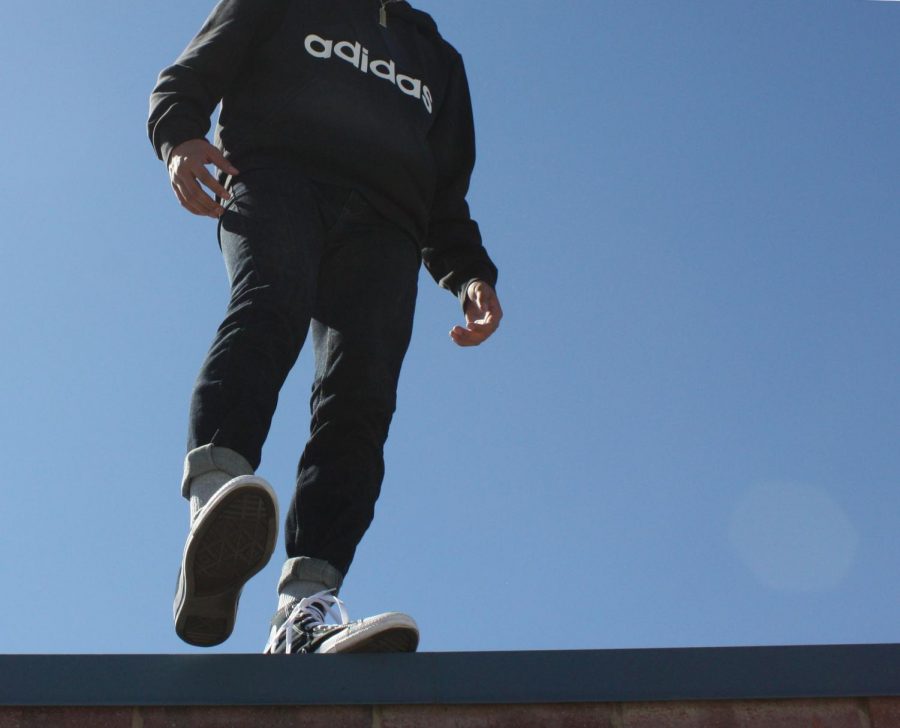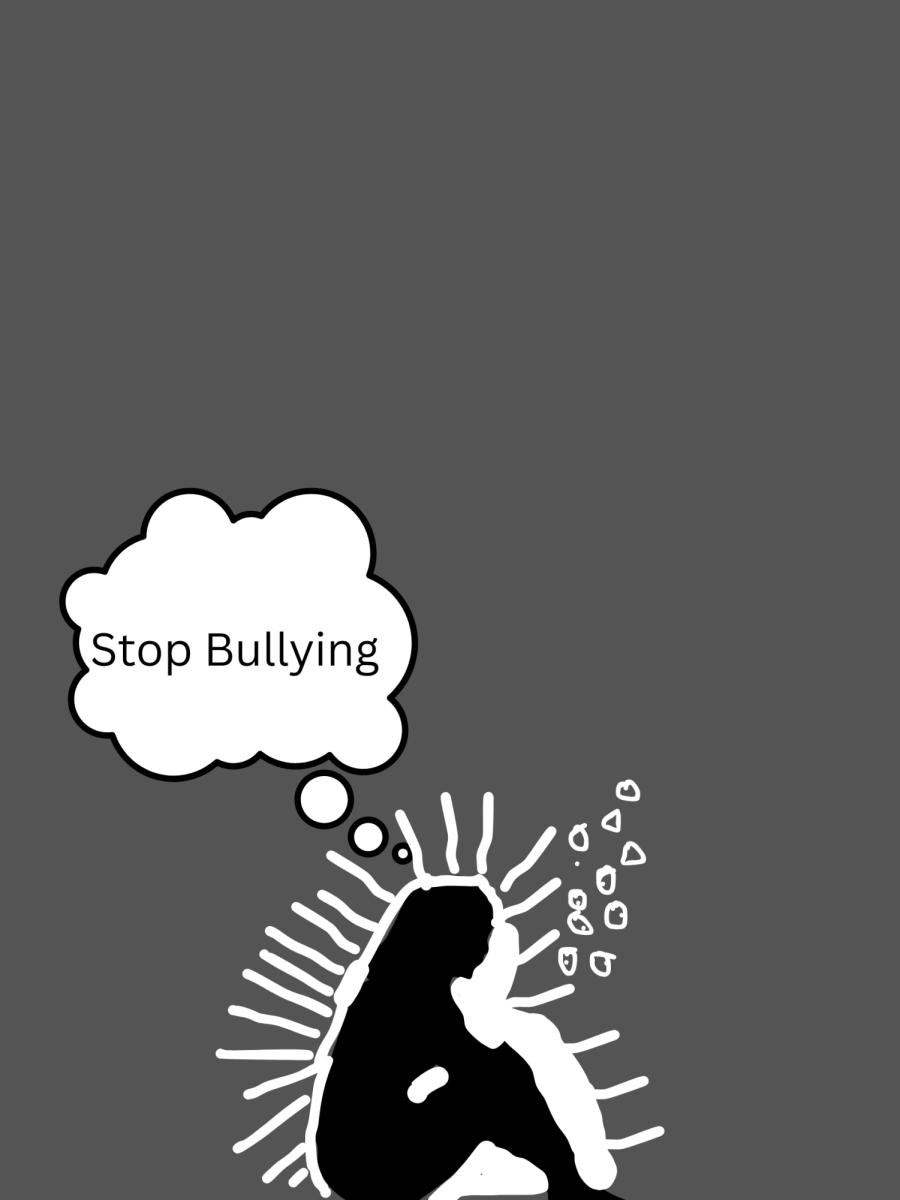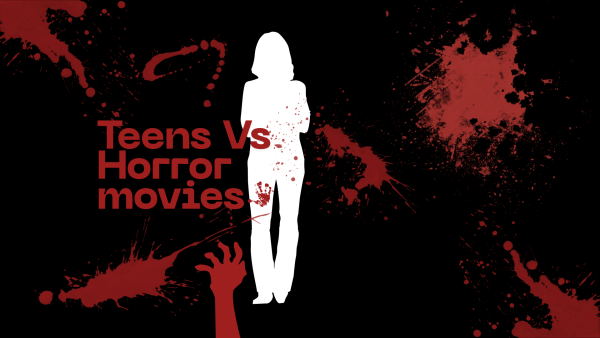Rates of youth suicide increases sharply in Utah
Photo illustration depicting the recent influx of teen suicide rates in Utah
October 4, 2018
In recent years, youth suicide rates across the country have increased at a startling rate. According to Time magazine, in 2015 the number of children admitted to hospitals for thoughts of suicide and self-harm had more than doubled since 2008. Nationwide, suicide is now the second leading cause of death for people aged 15-34.
In Utah, the story is even bleaker; youth suicides increased by 141% from 2011 to 2015 and suicides are now the leading cause of death for youth aged 10-17. This startling escalation has left educators, parents, and government officials stymied and desperately looking for solutions to what is “increasingly […] being seen not just as a mental health problem, but as a public health one,” according to the Salt Lake Tribune’s article by Amy Ellis Nutt, published June 7, 2018.
In the late 1990s, following a spike in the rate of suicides of Utah’s young men, University of Utah psychiatrists led a study to find out why. The Utah Youth Suicide Study led to the discovery that many of those who had committed suicide from 1996 to 1998 had been involved in juvenile courts.
This discovery, in turn, led to the formation of a program targeting a group of boys in the juvenile detention system that offered one group additional psychiatric services and another no additional help. The program resulted in the improved mental health of those involved in the group who received the psychiatric help. However, when federal funding for the program ran out, Utah ended it. Overlapping the end of the program is a period of time when suicides began to increase, “…from 10 [people] in 2007, to 21 in 2010, to 31 by 2013,” according to the Salt Lake Tribune’s article by Luke Ramseth, on April 9, 2018.
As suicides have increased again, educators, government officials, and scientists have begun to search for reasons behind the rise. In 2017, the Centers for Disease Control (CDC) came to Utah to study the suicides. They found that “more than one-third of the [teenagers who committed suicide in Utah] suffered from a diagnosed mental illness,” according to US News’ “CDC Probes Troubling Rise in Suicide Among Utah Teens.”
However, according to “Utah’s suicide rate has shot up 46.5% since 1999 — making it the fifth-highest in the nation,” approximately 90% of those individuals were mentally ill, showing that many teenagers with mental illnesses are undiagnosed and therefore unable to get the help they need. They also found that this disproportionately affects those who are members of ethnic or racial minorities. Additionally, over 50% had recently undergone some sort of crisis.
Another theorized factor of the spike in suicides is the prevalence of the Church of Jesus Christ of Latter-Day Saints in Utah and the way that some members of the Church treat members of the LGBTQ+ community and their general attitudes towards members of that community. In an op-ed for the Salt Lake Tribune, University of Utah student Sarah Leetham pointed out that “LGBTQ+ students are five times more likely to attempt suicide than their straight peers…” In June, Ellen DeGeneres pointed a finger at the church in an interview with Imagine Dragons singer Dan Reynolds when she said, “[s]uicide in Utah has increased 141 percent because of the shame [young people] feel from the Mormon church.”
This view is not always shared; an op-ed for Desert News argued that DeGeneres’ opinions were not based in research and that in many cases religion actually correlated to decreased chances of suicidal thoughts or attempts. The teens who kill themselves are those who are not highly religious: “to focus narrowly on LDS youths leaves out a substantial number of Utah teen suicides and implicates an organization that, as much of the data suggest, may be helpful for many teens.”
There is not an abundance of research to prove Leetham’s and DeGeneres’ theories, though Leetham argues that this may be the fault of Utah schools and school districts which are refusing to ask survey questions that specifically ask about sexuality. “If we know these risks, and we know these students exist, why are we choosing to ignore them? Choosing to exclude them from national data gathering that could potentially elevate their quality of life is a denial of their humanity and very existence.”
In order to find solutions, the Utah Office of the Medical Examiner hired sociologist Michael Staley, who “expects to spend years trying to answer complex questions,” according to the Salt Lake Tribune’s article by Luke Ramseth, “Exactly how at risk are LGBTQ Utahns? What roles do religion and technology play? And why does Utah, like other Intermountain West states, have such a high suicide rate?”
If you or anyone you know is experiencing suicidal actions, please call the National Suicide Prevention Lifeline at 1-800-273-8255, text “HOME” to the Crisis Text Line at 741-741, or visit www.suicidepreventionlifeline.org for more information. You can also access help using the SafeUT app, which is free to download.





